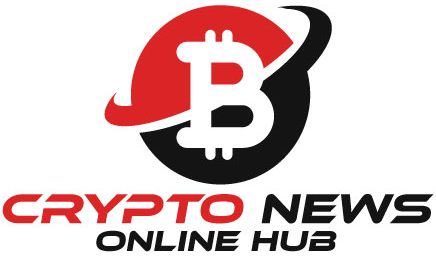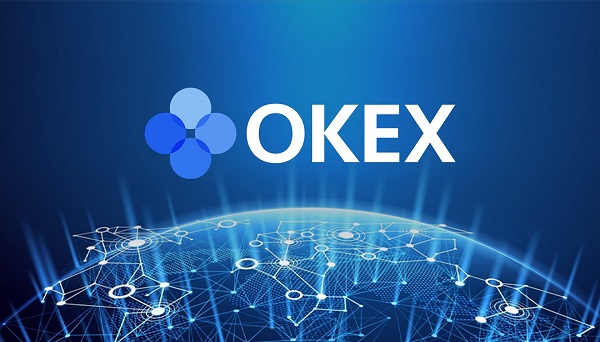John Deaton Explains Ripple’s Decision to Expand Its Custody Infrastructure

Highlights
- Ripple is entering the custodial services market through a series of acquisitions.
- John Deaton explains that this move signals Ripple’s strategic push into the tokenization space.
- The company is regaining momentum following a prolonged legal battle with the SEC.
Ripple is significantly increasing its investments in cryptocurrency custody, but legal expert John Deaton believes the company is playing the long game. Deaton suggests that this strategic shift will position Ripple to offer tokenization-as-a-service to global financial institutions. This move could potentially enhance the value of XRP over time, signaling a broader vision for Ripple’s role in the digital asset space.
Ripple Shifts Focus Toward Custody Services
In a recent post on X, crypto lawyer John Deaton discussed Ripple Labs’ latest move to expand its offerings by adding custodial services to its existing payment solutions. According to Deaton, taking a step back and analyzing Ripple’s strategy reveals a bigger picture for the company’s evolving role in the cryptocurrency and financial sectors.
For Deaton, the company’s Hidden Road broker deal stands out as the clearest indication of Ripple’s push into custodial services. Ripple’s acquisitions of Metaco and Standard Custody in 2023 and 2024, which amounted to billions of dollars, are further evidence of the company’s growing interest in this space.
Deaton points out that Ripple’s pivot to custodial services aims to position the company as a comprehensive solution for financial institutions adopting distributed ledger technology. By offering custody alongside payment systems and stablecoin solutions, Ripple is positioning itself as a one-stop hub for blockchain integration, making it more attractive to financial institutions.
Deaton also notes that this aggressive move is, in part, an effort to “make up for lost time” following Ripple’s long-standing legal battle with the SEC. The lawyer believes Ripple is eager to capture a share of the rapidly growing custody market, which is projected to reach a market capitalization of $16 trillion by 2030.
Deaton Highlights Ripple’s Strategic Push Toward Tokenization
Looking further into Ripple’s future, John Deaton predicts that Ripple is positioning itself to provide tokenization-as-a-service to banks, utilizing its expanding custody infrastructure. This would offer financial institutions a seamless platform to tokenize traditional assets, such as stocks and real estate.
Deaton envisions the XRP Ledger evolving as a central hub for tokenized assets, with the RLUSD stablecoin playing a key role in the ecosystem. The push for tokenization could further boost adoption of the stablecoin, with projections suggesting that XRP’s price could increase significantly if RLUSD captures a large portion of the stablecoin market, particularly 80% of USDT’s share.
Deaton believes that Ripple’s efforts are aimed at distancing itself from competitors, especially as the company intensifies its activities in the market. “It looks to me like Brad Garlinghouse is making up for lost time after being slowed down by the SEC lawsuit,” he said.
Ripple is also facing increased competition, notably from Circle’s new payment network, which is designed to enable real-time payments. Currently, XRP is trading at $2.30, reflecting a nearly 7% gain over the past 24 hours.











